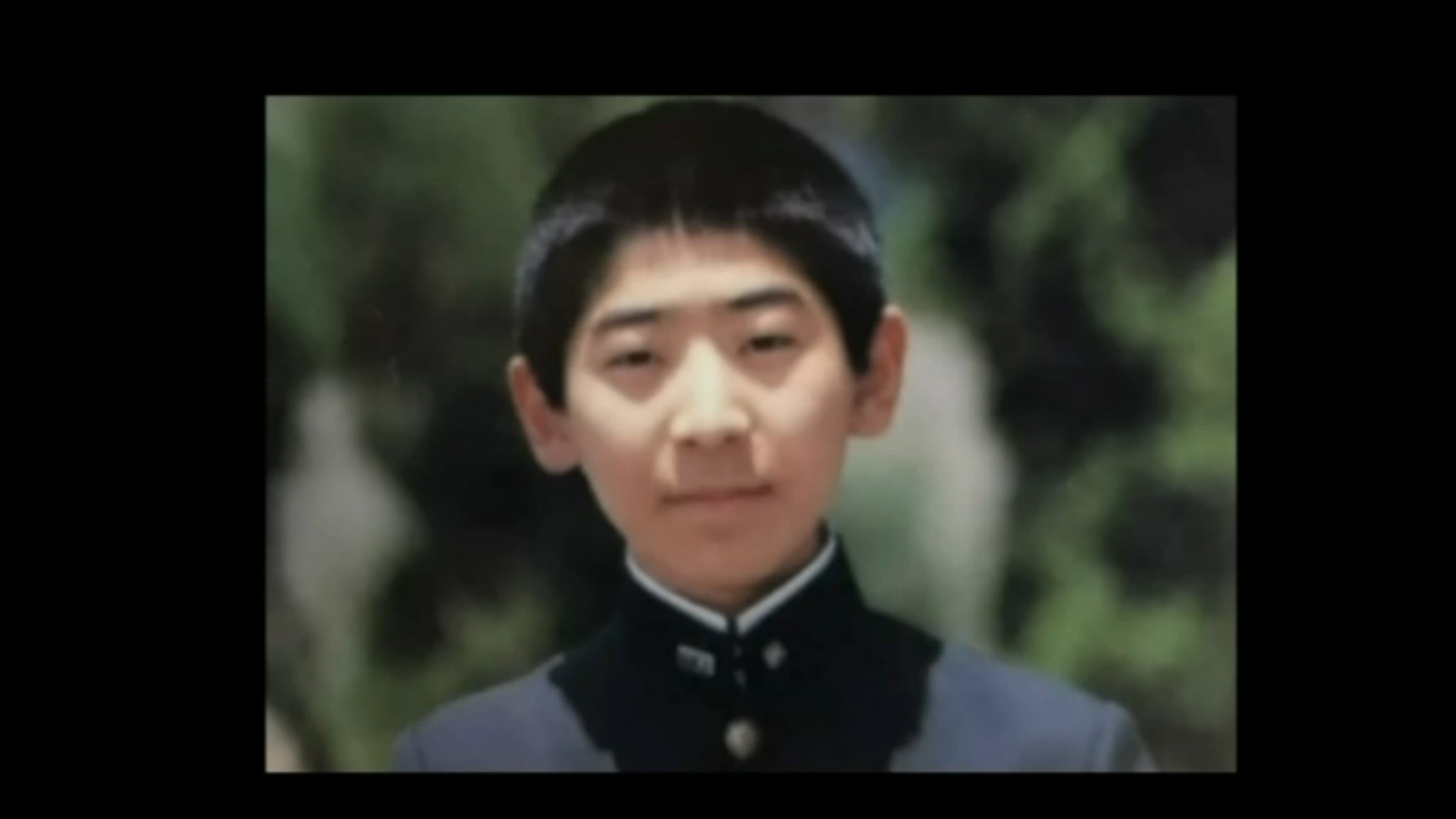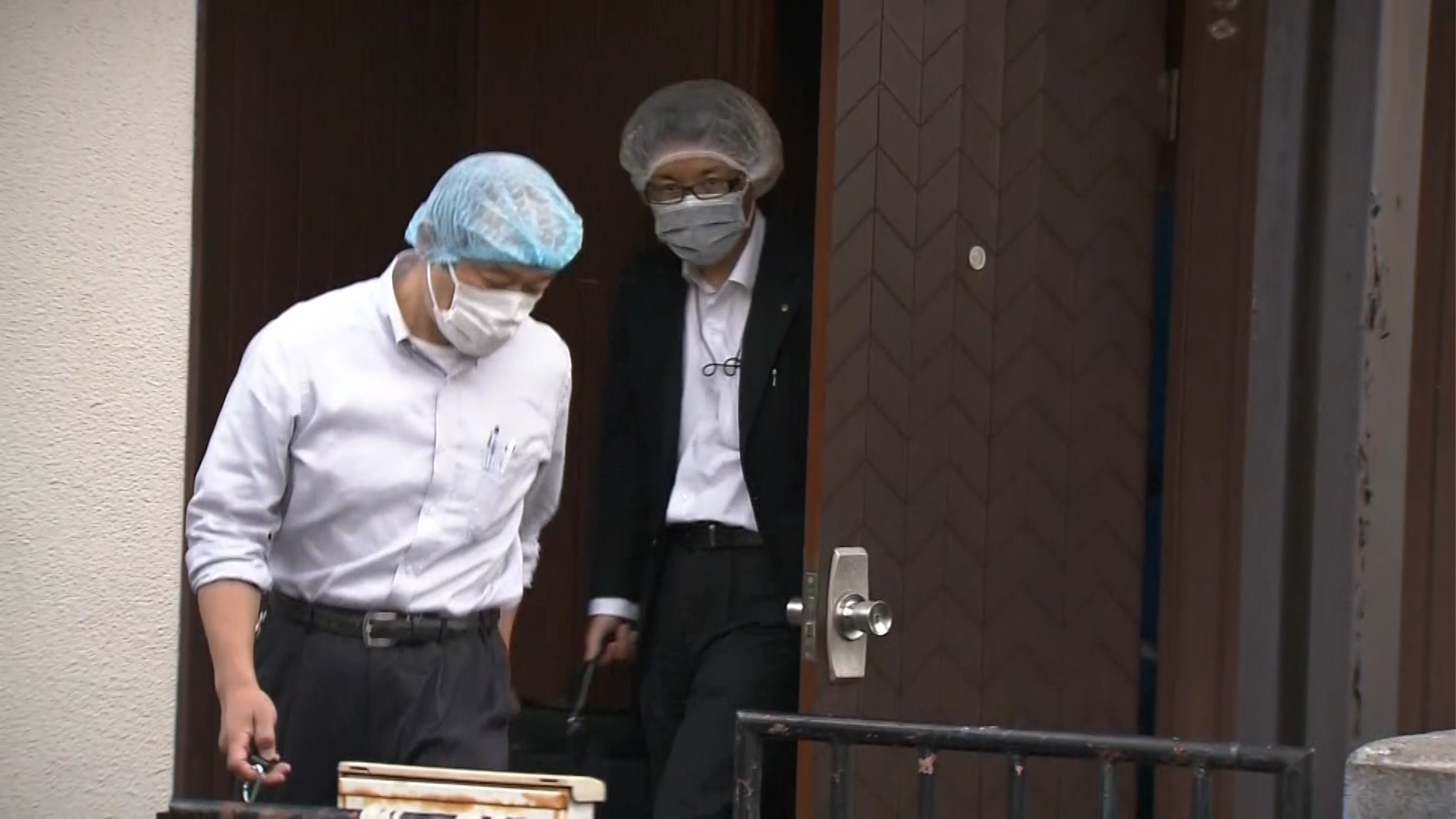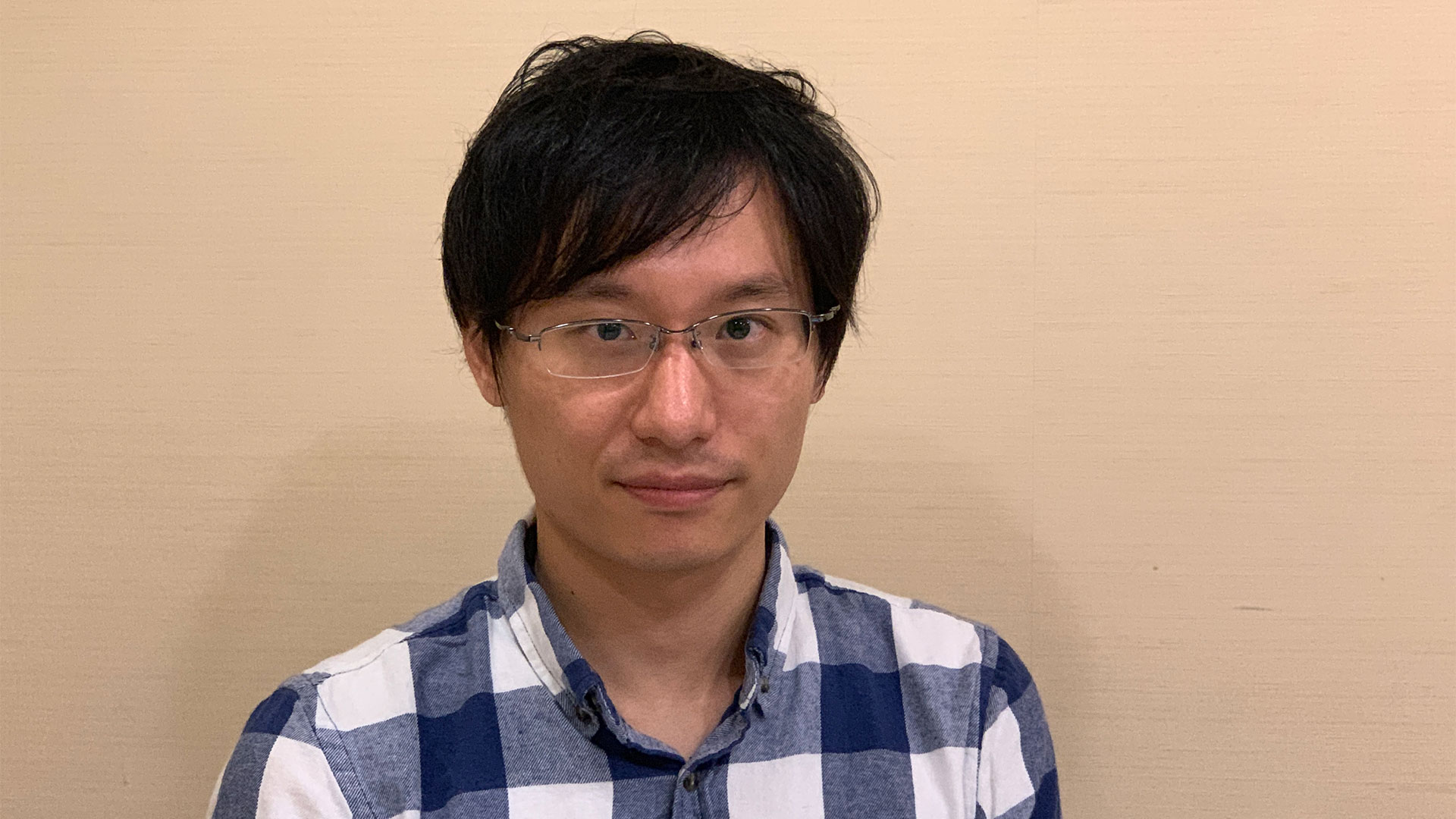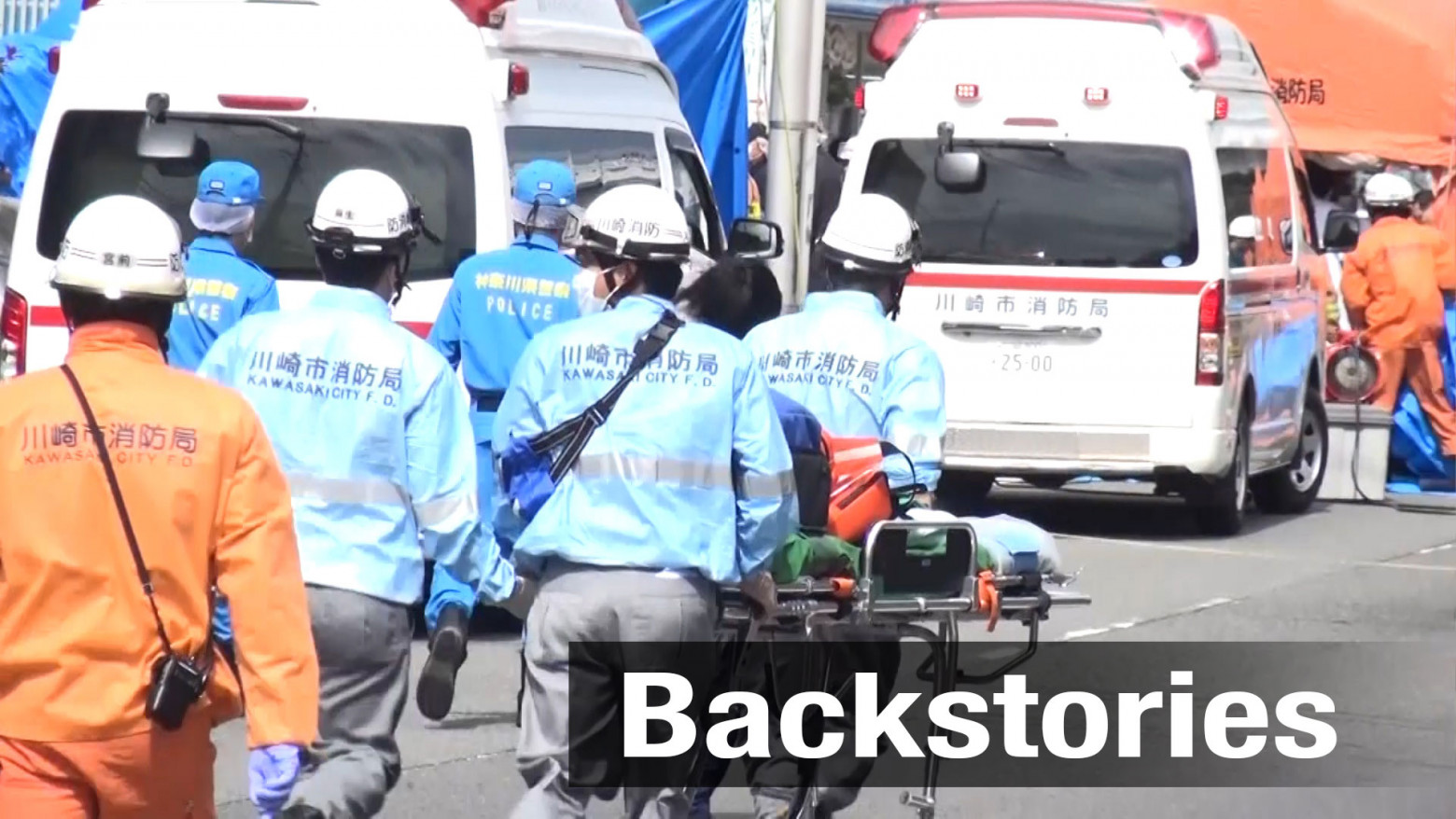Investigative sources say footage from security cameras shows a man resembling the assailant at a train station and other locations close to the crime scene four days before the stabbing. Police suspect he may have been checking out the area in advance.
The suspect is believed to have bought the two 30-centimeter knives used in the attack in February. The attacker also had another two knives in his backpack.

We asked an expert about the psychology of the attacker. Professor Takayuki Harada of Tsukuba University is a criminal psychologist.
Planned in advance
He says he thinks the suspect had a detailed plan and that purchasing the knives indicates a strong desire to kill people, possibly even an obsession.
However, Harada says the stabbing may have been an "extended suicide."
He says the suspect's main objective was to kill himself -- not just other people. He says the suspect wanted the world to pay attention to him in a warped desire to be noticed.

The suspect lived with his aunt and uncle, both in their 80s, in Kawasaki, about four kilometers from the scene of the attack. They had been discussing his state of mind with Kawasaki welfare officials since 2017.
Kawasaki City officials say the man was said to have been unemployed for a long time and to have been reclusive. They say his family was unable to communicate well with him.
One of the officials says the aunt and uncle were getting older and were worried about Iwasaki's future, so were thinking of ways for him to manage on his own.
The official suggested they write a letter to communicate with him. The uncle and aunt left a letter in front of his room. Officials say Iwasaki responded by saying that he was taking care of himself and cooking and washing for himself, so he didn't like to be seen as a "hikikomori."
Unhelpful label
We spoke with an expert on the subject of social withdrawal about the impact of the case.
"Firstly, I'm afraid that people will see all hikikomori as a group of high-risk people because of the mass stabbing," says Morito Ishizaki, a journalist specializing in the field.
"You should keep hikikomori and the suspect separate in your mind. To think otherwise encourages discrimination against hikikomori and just makes things worse for them.”
Ishizaki is editor-in-chief of the magazine "HIKIPOS," which features the experiences and lives of hikikomori. He also used to be a recluse himself.

A Cabinet Office survey carried out last December found that an estimated 613,000 people between 40 and 64 were hikikomori. It was the first time this age range was surveyed, and the number surpassed those in the 15 to 39 range supposedly typical of hikikomori.
Building better relationships
Ishizaki says while young people worry about friends and relationships, for middle-aged and older people, just being able to survive is the most pressing issue.
"It is said that the suspect and his relatives have not seen each other for many years," he says. "I can imagine that people who are unemployed for a long time and in their 50s or older could feel hopeless about the future. They might think of committing suicide, rather than remaining isolated from society for the rest of their lives."
Ishizaki feels that it's important to improve relations with people who have withdrawn from society.
"Don’t call them hikikomori if a relationship of mutual trust has not been built," he says. "It hurts them deeply."
"We want people to create an atmosphere step by step in which everyone feels it's easy to communicate. Creating a trusting relationship is the best way to support hikikomori and that's one way to help prevent cases like the attack in Kawasaki."

